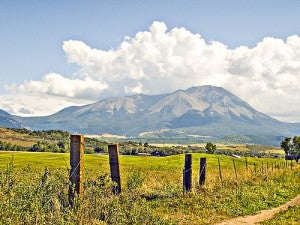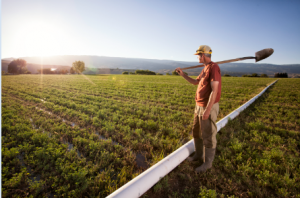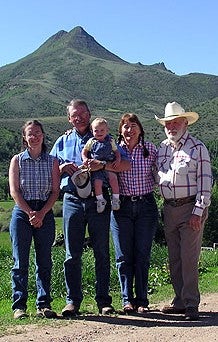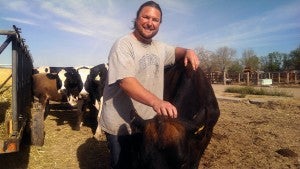 This post was co-written by Mark Harris, general manager for the Grand Valley Water Users’ Association.
This post was co-written by Mark Harris, general manager for the Grand Valley Water Users’ Association.
In a recent op-ed, the Colorado Forum – a nonpartisan organization of CEOs and civic leaders – delivered a powerful message to Governor Hickenlooper, who is drafting a first-ever Colorado Water Plan to confront the state’s growing water demands.
The forum’s message: we must all work together to secure a water future that keeps Colorado a world class place to live, visit, work and play.
The forum made a handful of recommendations in the article, but one stood out to us as particularly relevant as we attempt to balance many competing interests in a single water plan: agriculture must be given the freedom and opportunity to thrive in Colorado’s water future. Read More













